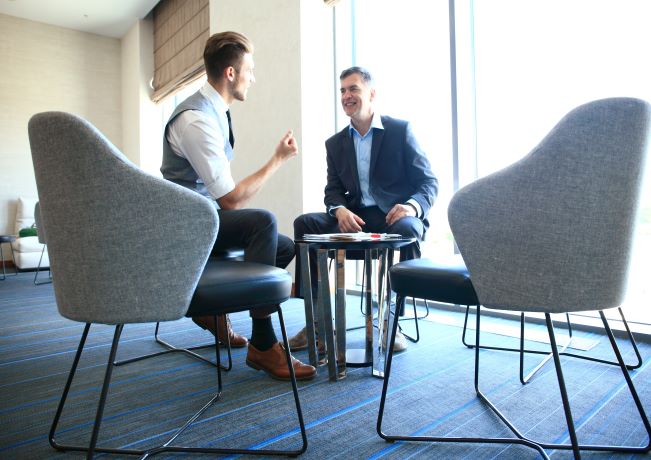All things COVID-19 are much-discussed these days, and the future of the workplace certainly falls in that realm. One day, no sooner than necessary, companies will begin loosening their work-from-home (WFH) mandates and welcome employees back to their offices. The question is, what does that mean for a workplace built around the principles of collaboration?
Workplace strategists are no doubt giving their offices the eagle-eye as they look to the post-pandemic environments they’ll be supporting. I don’t imagine we’ll see the wholesale rejection of workplace trends like open offices, hotdesking, and huddle spaces, but planners will have to make some modifications to ease lingering discomfort over COVID-19 and the spread of communicable diseases.
Jane Margolies, a contributing editor to The New York Times, touched on this topic earlier this week in her article, “
What Will Tomorrow’s Workplace Bring? More Elbow Room, for Starters.” She suggests that the “post-pandemic office might look radically different” from the one employees vacated as social distancing policies took effect in their cities.
Some of the points Margolies raised in the piece circle around workplace trends implemented largely to encourage employees to engage with each other and to make collaboration a natural part of the workday. Besides bringing employees back in stages or alternate who works in the office by day to “limit the number of people on the premises,” companies might:
- Reduce reliance on shared desks, as found in hotdesking and hoteling environments
- Break up the “bench” seating in open offices to create six feet of space all around each person and stagger the arrangement of desks so no one is facing each other
- Shrink the maximum allowed capacity of conference rooms — same space, fewer bodies allowed within it
- Create greater distance between seating in relaxation areas, possibly by adding casters to chairs so people can move away from one another
These all may be quite possible to accomplish if companies continue to allow a good amount of working from home — the “demand for space could balance out,” Margolies reasoned.
I can’t help but think one positive fallout of all of this is that employees will come to better appreciate the opportunities to and the spaces that facilitate in-person collaboration. That’s what Doug Demers, a managing principal at B+H Architects, told Margolies he believes will happen among the firm’s own employees.
In its Seattle offices, the firm has designed a special space specifically as a gathering place and meeting exchange, he told Margolies. While remote works can call into gatherings in this space, Demers shared that he thinks this type of space will be one of the reasons people come back to the office – for the “sense of community” it provides. In other words, he said, “’There will be a higher value around spaces where we come together.’”




